
Bug Bites? Potency No. 710 Offers Holistic Relief
Picture this, it’s a serene summer evening, the sun is dipping below the horizon, and you, blissfully unaware, are simply
Delta-9-tetrahydrocannabinol is called THC for short. THC is the main psychoactive compound that we are aware of in cannabis. However, research is pointing to other compounds having similar stoney effects. THC has been around for thousands of years. The earliest written reference to medical cannabis can be found in the 15th century BC Chinese Pharmacopeia called the Rh-ya.
In 2900 BC, the very first Chinese Emperor Fu-Hsi was said to be the first to reference cannabis calling it “a very popular medicine that possessed both yin and yang.” Two hundred years later, another Chinese emperor named Shen Nung is said to have discovered the healing properties of medicinal cannabis. Even though these individuals were aware of cannabis and the medicinal qualities and healing properties it offered, nobody knew about THC until the early 1930s.
Medical cannabis has a deeply rooted history that spans the globe. It can be found utilized as a powerful medicine throughout India, China, Egypt, the Middle East, and more. Medical cannabis, at one time, was a global thing. That was before the time of federal marijuana prohibition when a small portion of narrowminded, selfish, racist, wayward politicians and businessmen attempted to eradicate this plant and keep it from the people for some unjust reason.
As for the question of when THC was discovered and who discovered it, a quick Google search will often turn up the name of an Israeli chemist who is often referred to as the “Godfather of Cannabis,” Rafael Mechoulam. That’s because in Israel, back in 1964, along with a team of researchers, Mr. Mechoulam became the first to isolate THC. Some research will tell you that he was the first to discover THC, but the authors of this research didn’t dig deep enough. Other individuals played pivotal roles in the discovery of THC way before 1964.
In the mid to late 1930s, a US chemist named Roger Adams became the first person to discover CBD. This discovery ultimately led to the identification of THC. In 1942 Roger Adams was awarded a patent for isolating CBD and was also accredited as the first researcher to successfully identify THC. Even the work of Roger Adams came from the footsteps of another chemist. A British chemist by the name of R.S. Cahn. In an article on the NCBI titled, “Cannabinoid Pharmacology: the first 66 years,” researchers cite the discovery of THC, saying, “It’s structure was elucidated in the early 1930s by R.S. Cahn, and its chemical synthesis first achieved in 1940 in the laboratories of R. Adams.”
As you can see, there were three people involved in the discovery of THC, not just one. Regardless of who discovered it, millions of people love it. THC has been embraced by a global community for many years. You might say that cannabis is a big hit! Such a big hit, in fact, that it has been the center for some pretty profound research over the years.
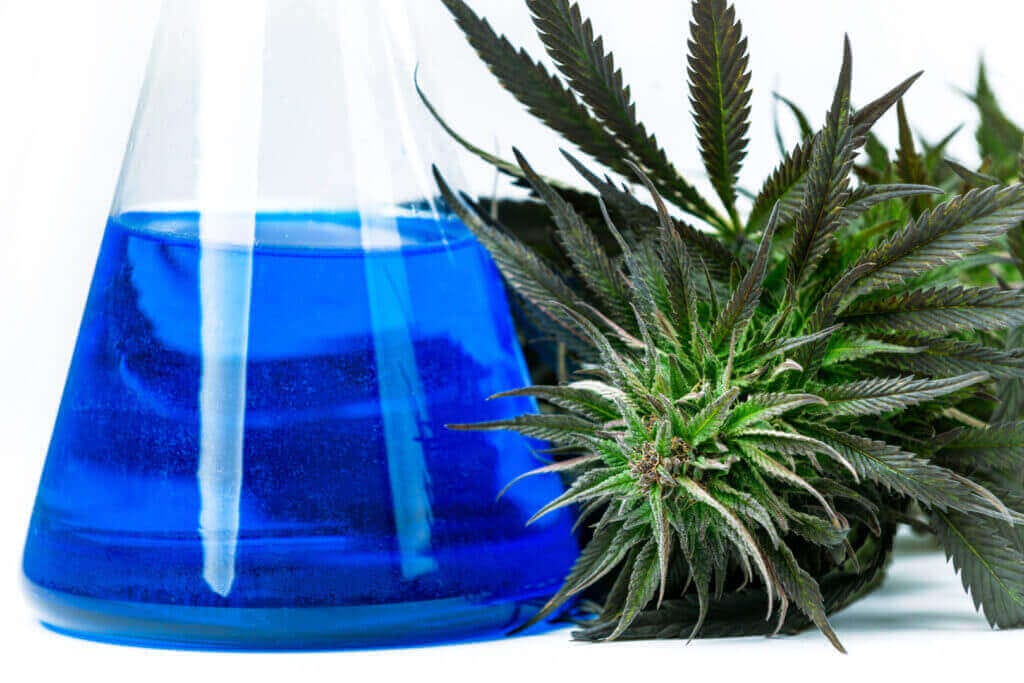
Despite politicians and medical professionals shouting that we need more research surrounding cannabis to prove its place as a medicine, there is substantial research that has been completed by experts around the world. Let’s take a look at 10 medical benefits that THC offers that are backed by research!
In a 2021 study from the University of New Mexico, titled “The Effectiveness of Common Cannabis Products for Treatment of Nausea” published in the Journal of Clinical Gastroenterology, “researchers showed that the vast majority of patients using cannabis to treat nausea experience relief with more than 96% of the study sample reporting nausea relief within one hour.” Other studies have also shown that THC is an effective antiemetic, so much in fact, there is an FDA approved pill known as Marinol that contains both synthetic and isolated THC and is approved by the FDA to be prescribed as an anti-nausea medication.
Over 1.5 billion people around the world are estimated to live with chronic pain. Studies surrounding pain relief and THC offer much hope. In fact, studies have shown that cannabinoids activate pathways within the body’s central nervous system that block the body from sending pain signals to the brain. In a 2013 trial study it was found that “a low dose of delta-9-tetrahydrocannabinol provided statistically significant 30% reductions in pain intensity when compared to placebo.”
Despite the government stating that there is no evidence of cannabis offering medical benefits, for many years the US government held the rights to a patent on the neuroprotectant properties offered by cannabis. A 2014 study found that those that consume cannabis were 80% less likely to suffer fatality from a traumatic head injury in comparison to those that do not consume.
Cannabis has long been known for creating relaxing feelings and even making some people feel sedated, this is likely due to the THC in which it possesses. This cannabinoid has been found to help improve breathing through its bronchodilator properties while also helping to reduce sleep interruptions through research studies. Studies from the 70s also found that when taken orally, THC could also help those with insomnia go to sleep quicker.

Aside from making people sleepy, cannabis is also known for making people hungry. This is something commonly known as “the munchies.” While the urge to eat everything in sight and then some isn’t appealing or desirable for some, for others it is the very reason in which they consume cannabis. For many individuals with conditions such as HIV/AIDS or cancer, a lack of appetite is a very concerning issue that sometimes is a matter of life or death. THC induces hunger by interacting with the same receptors in the hypothalamuls that release the hunger stimulating hormone known as ghrelin. Studies have also shown that THC has the ability to make food taste better as well!
Several studies over time have concluded that THC has potent antibacterial properties. One such study came from researchers at MIT who discovered that THC had the ability to kill antibiotic-resistant pathogens (MRSA) that other drugs could not. Additionally rodent studies have also shown that over time THC has the ability to change gut microbes allowing THC to fight off pathogens.
CBD as an antioxidant is something that we covered in depth in this article. However, THC has also been shown time and time again to offer antioxidant properties. In a study published in 2000 in the Annals of the New York Academy of Sciences concluded that THC and CBD both had potent antioxidant benefits. Additionally, a 1998 study concluded that “Cannabidiol, THC and several synthetic cannabinoids all were demonstrated to be antioxidants by cyclic voltametry. Cannabidiol and THC also were shown to prevent hydroperoxide-induced oxidative damage as well as or better than other antioxidants in a chemical (Fenton reaction) system and neuronal cultures.”
While THC has been found to help reduce nausea and vomiting along with other common side effects that are presented by chemotherapy treatment in cancer patients, it may also hold potential anti-tumor properties. THC has been shown to promote apoptosis, the process in which cells are triggered to self destruct when damaged. Essentiallly, this means that THC has the ability to promote the death of cancer cells. Additionally, THC has been shown to have the ability to block tumors from forming blood vessels and spreading further in the body. The third way in which THC offers potential anti-tumor benefits is through its ability to stop cells from metastasizing.
Inflammation is at the root of many conditions, diseases, and physical ailments that people face daily. Several research studies have confirmed that THC offers anti-inflammatory properties through its ability to decrease the production of chemokine and cytokine compounds in the body which are immune compounds responsible for triggering inflammation. Other studies have shown that THC may also hold the ability to decrease inflammation through suppressing genes that control inflammatory responses.
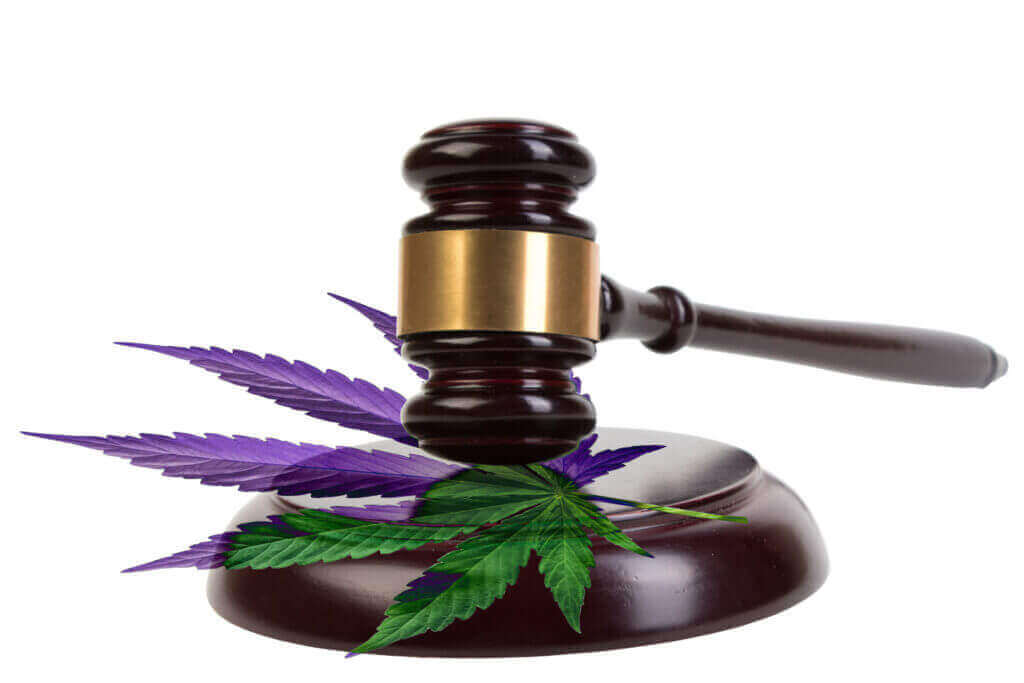
Cannabis has been intertwined in a wicked web of legalities thanks to the United States federal government turning what once was a bountiful market into an illegal one. Marijuana prohibition effectively kicked off in 1937 with the signing of the MJ Tax Act. This heinous campaign, at the hands of Harry J Anslinger, would destroy the hopes of using cannabis as food, medicine, fabric, or textiles.
Dubious individuals of the time focused on personal private agendas rather than listening to the will of the people. Since marijuana prohibition began, people have wanted it to end. The general public does not support marijuana prohibition and never has. This was made evident in the 1944 LaGuardia report on marijuana and again with the 1972 Schaefer Committee reports on marijuana.
Fast forward to today, and according to recent Gallup polls, support for marijuana legalization is at an all-time high! Yet, here we are, still in the same predicament thanks to mischievous wayward politicians. According to the United States Federal government, cannabis is a schedule 1 drug. This means that it has no accepted medical uses and a very high potential for addiction and abuse. The fact that our politicians still support this outdated ill-founded way of thinking should be an obvious sign they need to be replaced. Medical cannabis and cannabinoid therapies are helping an untold number of people around the world, and they have been doing so for thousands of years. This isn’t something new.
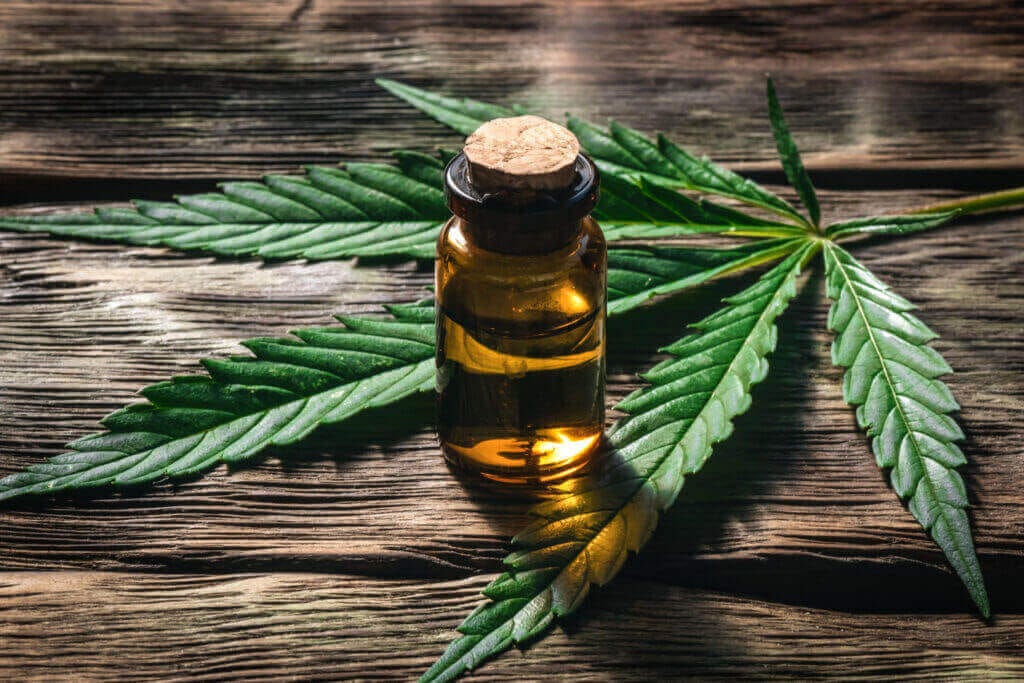
As of September 2022, cannabis remains a schedule 1 drug, according to the United States Federal Government. Well, sort of, at least. A confusing part of cannabis is the fact that it references both Industrial Hemp and cannabis in the form of medical or recreational “marijuana.” The 2018 Farm Bill effectively separated Industrial Hemp from the rest of cannabis, legalizing it in the United States. Even though cannabis remains federally illegal, states have taken it upon themselves to change archaic and outdated cannabis policies. 37 states have legalized the use of medical cannabis, and nearly 20 states have legalized recreational/retail/adult-use cannabis. The legalities of cannabis are a tangled web thanks to federal marijuana prohibition. Hopefully, this will change in the not-too-distant future.
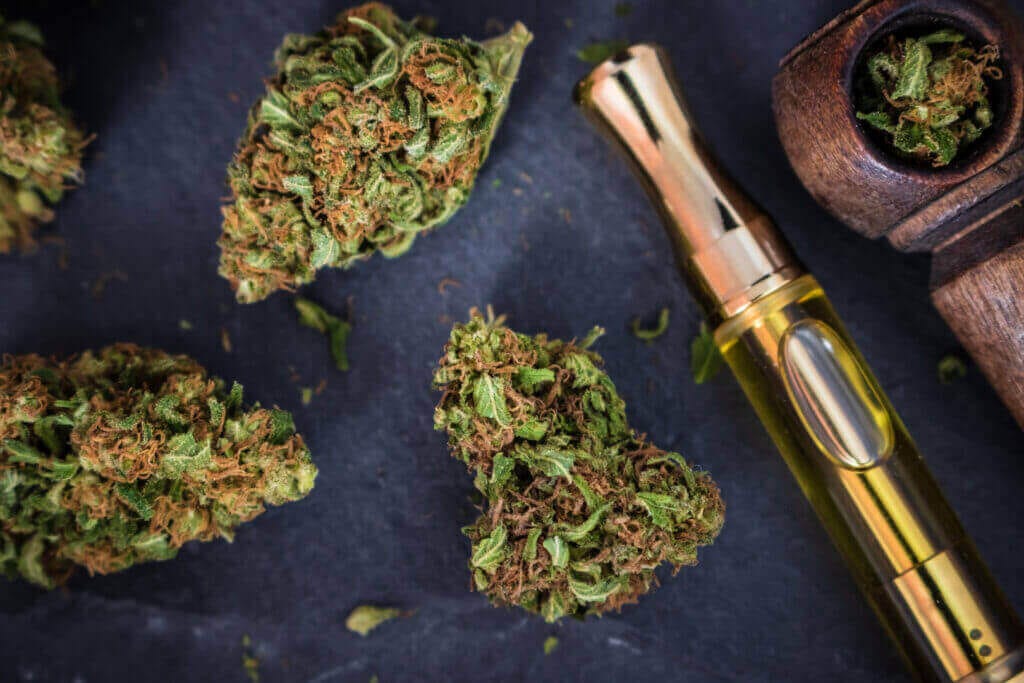
When it comes to THC products, quite possibly the most popular of them all is a good old-fashioned doobie or joint. Today blunts, bowls and bongs are just as popular. However, blunts and doobies aren’t the only way to get your weed on. There are a plethora of different THC-infused products. You have way more options than just some pot brownies or doobies these days. You can find all kinds of tasty treats infused with THC, as well as beauty products, beverages, and more. Let’s explore some THC products.
These products are very similar to other inhalers, with the exception of the medicine inside. These inhalers have concentrated levels of THC. They provide a metered dose with each actuation or pump of the inhaler. They produce effects similar to smoking without producing the aroma or smell.
Edibles come in a wide variety of different tasty taste bud tantalizing concoctions. THC gummies, THC cookies, THC hard candy, THC popcorn, THC cheese puffs, THC chocolate bars, and just about every other food you can think of can be infused with THC.
These beverages are potent and powerful. A lot of the THC-infused beverages on the market are made using water-soluble THC, which is a game changer. Some people didn’t enjoy edibles because they didn’t feel anything from them. Chances are, if you try a water-soluble THC, as you find with many THC beverages, it will change your mind. Infused THC beverages come in a wide variety of flavors, such as regular soda, blue raspberry flavored, and THC-infused flavored seltzers.
Delta-9-THC isn’t only for smoking, vaping, drinking, and eating. You can also bathe in it and rub it all over you. THC bath bombs have become very popular, along with THC-infused lotions, creams, balms, and salves.
Vaping has skyrocketed in popularity. THC vape is available in single-use disposable cartridges, or you can use THC vape in refillable tanks where you tailor the flavor specifically to what you desire. Sometimes THC vape is mixed with a PV/VG mixture similar to regular vape juice. Other times THC vape is a pure distillate with cannabis terpenes introduced for stability and smoke ability.
These products such are ones such as THC capsules, THC pills, or THC transdermal pain patches.
Tinctures are made using a carrier oil or alcohol. A tincture is often taken directly under the tongue, sublingually. It can also be used to infuse cannabis cocktails and within cannabis culinary experiences.
FECO stands for Full Extraction Cannabis Oil. This oil is similar to Rick Simpson Oil, with the exception it is made with food-grade alcohol and not isopropyl alcohol. FECO oil IS a thick black tar-like oil that can be taken as needed for pain and a plethora of other reasons.
As you can see, it’s not just about doobies and pot brownies these days. You can find all different kinds of products infused with THC.
Don’t let anyone fool you. Consuming cannabis definitely has risks and sometimes even adverse effects. If you consume cannabis, you run the risk of becoming a nicer person. You may also experience uncontrollable laughter, an increase in appetite, and or a heightened perception to colors. Other common side effects are the urge to listen to bands like Sublime, The Dirty Heads, Slightly Stoopid, Bob Marley, and others.
Seriously though, there are risks when consuming cannabis. You could burn yourself or potentially forget about your problems temporarily. On the other hand could find yourself running short on cash because weed is expensive or run into a situation where you have weed but no lighter or vice versa. Then there are worst-case scenarios. Consuming THC in some places could land you in jail. You could be on a 30-minute lunch break smoking a quick doobie or bowl in your car, and the next thing you know, you’re on your way to the county slammer. THC is still illegal in many places.
All joking aside, there are some risks and adverse effects associated with cannabis use. Some of the risks are situations like allergic reactions to terpenes and cannabis. Or even worse yet, health-related problems due to unhealthy chemicals, or sometimes even banned chemicals being added to your weed. THC also poses a threat to children and pets. High-potency THC-infused edibles can be ingested by children or pets, creating a very uncomfortable situation.
Beyond these scenarios, the only adverse side effects most people experience with cannabis are dry mouth and red eyes. Some people are known to get sleepy, and some even report minor headaches when consuming cannabis. These are all things to keep in mind before you partake in a THC sesh.

You’ve had too much, and now you find yourself too high. How do you come down? Simply put one foot in front of the other and walk your ass back down; that’s how. If you’re in a tree, make sure you climb down slowly and carefully because falling may be faster, but it is also more painful. Pretend you’re a sloth and move with elegance and grace.
Obviously, that was a little bit of stoner humor. Consuming too much THC is a common occurrence. Most people deal with this issue by taking a nap. You might wake up a little groggy feeling, AKA with a weed hangover, but you’ll function like normal in no time at all. In fact, a weed hangover is very welcomed over an alcohol hangover. Consuming too much THC typically happens when people eat edibles. They think they’re not feeling anything and eat a little bit more, and then the next thing you know, it all kicks in at one time. There are instances where THC can interact with medication, also causing unwanted effects. If you find yourself in a situation where you’ve consumed too much THC and need to come down, here are some things you can try.
This is quite possibly the best way to come down from THC. Try taking a short nap ranging anywhere from 30 minutes to 2 hours. Or even better yet, call it an early night and get some much-needed rest. You’ll wake up in the morning feeling like a new person.
Eating food can help you come down from consuming too much THC. Just make sure the food you’re eating doesn’t have THC in it. Avoid eating mangoes because they are said to prolong your high. Eating may not bring you down right away. However, it will often lead to a sleepy feeling known as a weed nap.
If you find that you have consumed too much THC and are looking to come down, the last thing you might think about doing is consuming more cannabis. Don’t consume more THC-rich cannabis. Look for CBD. Having a good CBD tincture on hand is a great way to be prepared for the rare situation when you or someone around you has consumed too much THC. Studies have shown that CBD can counteract the negative effects of THC.
Consuming too much THC may sound comical, but it can be a scary situation for the person who’s had too much. In certain situations, people can experience issues breathing, have intense headaches, experience vomiting, and/or a lack of motor skills. This can be very frightening. If you suspect or know that a child has consumed too much THC, seek medical attention immediately. The risk of THC intoxication becomes higher the younger and smaller the child is. The same rule applies to pets. The younger and smaller the pet is, the higher the chances for THC intoxication becomes. You can avoid children or pets getting in contact with your medicine by keeping it locked up and only using it in a private safe space.
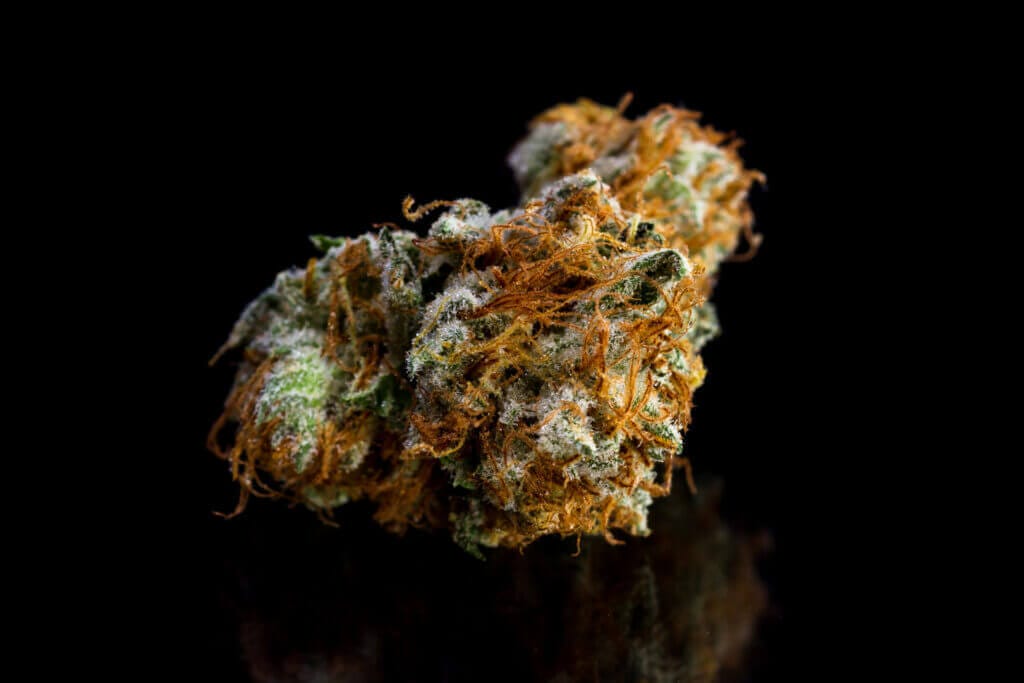
If you’re new to the world of cannabis, first let me say, welcome! Cannabis is a big, beautiful world filled with like-minded people and an opportunity to explore a natural plant-based medicine that performs multiple tasks for all kinds of people. Since you’re new, here are a few tips for you to consider while exploring the beautiful world of cannabis.
Start low and slow. When you’re new to cannabis, it won’t take as much for you to experience the effects of it. Especially in comparison to someone who has been a long-time consumer. Don’t let that friend talk you into doing too much too fast because they think it’s funny. It could ruin the experience for you, making you not enjoy something otherwise you may have found to be very enjoyable. By going slow and consuming small amounts, you can learn how cannabis affects you. As you begin to consume more, you will also gradually build a tolerance. It won’t take long for you to find your happy spot. When smoking or vaping, only take a couple of hits to start with, one or two. Wait a few minutes and see how you feel. If you need more, you know what to do.
With edibles, it’s a little bit different. Edibles do not hit you as quickly as smoking or vaping. When trying edibles for the first time, definitely only consume small amounts, such as five or 10 mg, and then wait. This is a very important part. Wait about 2 hours to see how you feel. Edibles have to work their way through your body’s digestive system before they begin to take effect. Some people have a hard time feeling the effects of edibles, while others find themselves high on cloud 9. After a few times of trying edibles, it should be easy for you to determine what amount is right for you. Some people are good with 10 or 20 mg, while others prefer 100 mg. Some people can even handle 500 mg. Then there are those that are just pure cannabis themselves, consuming a thousand milligrams or more.
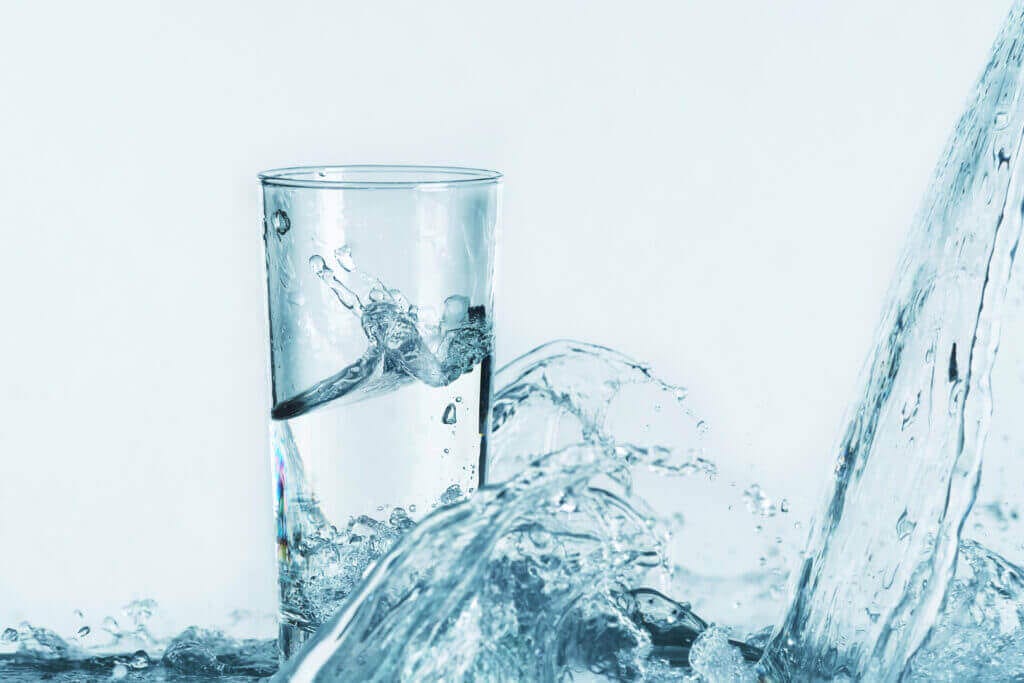
One of the most important things that I could express to anyone new to cannabis, or even those who currently consider themselves seasoned consumers, is to stay hydrated. Make sure you have plenty of H2O on hand. Water and weed are friends indeed and make great companions to one another. Many times people find themselves with dry mouth when smoking cannabis. This is not only a side effect of consuming cannabis, but it is also your body’s way of telling you that you are becoming dehydrated.
By keeping a bottle of water on hand and making sure that you are drinking plenty of it, you can avoid dry mouth and effectively make your cannabis work better. If you don’t believe me, just ask Harvard Med School Graduate Dr. Uma Dhanabalan MD, MPH, FAAFP, MRO, CMS. She will tell you to make sure you consume plenty of water with your cannabis. When it comes to purchasing cannabis, make sure that you score it from a licensed retail shop. This gives you the benefit of laboratory testing. A lab test will let you know things about your cannabis, such as how strong it is and what terpenes are in it, and assure you that it is free of contamination.
Last but not least, I would like to leave you with my most important tip for newcomers. Cannabis can treat everyone a little bit differently. This means that what works for one person may not work the same for you. Don’t fall into the Indica sativa hype. One’s not going to knock you out, and the other is not going to make you want to go and knock out a long list of chores. Try it all and determine for yourself how it affects you. Since cannabis has the ability to affect everyone a little bit differently, no one can tell you what will or won’t work for you. There are many different methods of consumption. It’s not only about smoking anymore. Keep an open mind and enjoy your experience with THC.

Picture this, it’s a serene summer evening, the sun is dipping below the horizon, and you, blissfully unaware, are simply

When it comes to skincare, many people are turning to products specifically designed for their individual needs. One of the

Potency’s founder Mandy Lile has a personal passion for educating others regarding cannabis and all that it offers in its

When it comes to skincare, the best natural skincare ingredients are often found in the botanical world. Nature and science

Weed washing is a term being widely utilized to describe a heartbreaking trend that is becoming prevalent in the beauty

As a skincare enthusiast and advocate for holistic well-being, I often emphasize that self-care extends far beyond the surface of